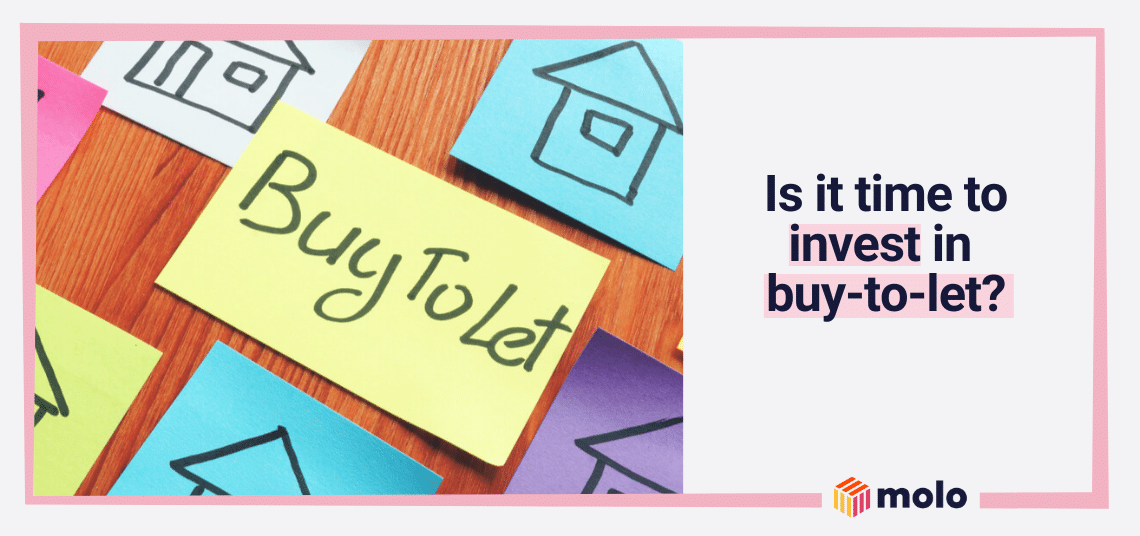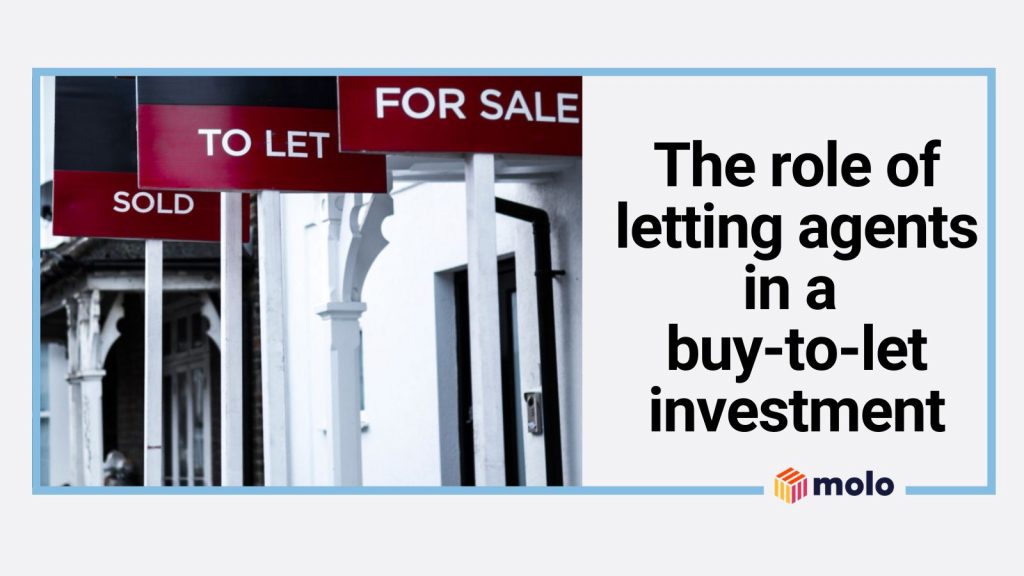The largest property market in the world
If you own a property that you rent out in return for rental income, then you’ve got yourself a buy-to-let. To put it simply, buy-to-let is a form of investment that sees investors pouring their money into houses. It’s one of the most traditional – and popular – ways to invest in the UK.
The buy-to-let market in the UK also happens to be one of the largest in the world. Investors come from all over the globe and put their money into flats, houses, studios and just about every other form of bricks and mortar.
Buy-to-let continues to go from strength to strength, with a quarter of all UK homes expected to be in the private rental sector by the end of 2021. Therefore, investing in buy-to-let may be a smart move if you’re looking to maximise your money.
However, like all investments, there are risks involved, and it has become harder for investors to invest in buy-to-let. Higher stamp duty taxes and a restriction on certain tax reliefs (such as mortgage interest) have raised buy-to-let landlords’ entry requirements.
Still, that hasn’t deterred them, and a buy-to-let investment can be a good bet. As long as you have the right advice and make informed decisions, the buy-to-let market is an exciting place to navigate.
The buy-to-let market
The buy-to-let market isn’t quite at the levels of the pre-2016 boom, simply because it’s harder than ever to be a landlord. In 2016, the Chancellor of the Exchequer announced a stamp duty surcharge where anyone buying a second home or a property to let was required to pay an extra 3%
How does that look, you might ask? Let’s say you bought a property for £300,000 with the intention of letting it on the rental market… below is the difference between the pre and post-2016 stamp duty rates:
2016 stamp duty | Pre | Post |
Property price | £300,000 | |
Amount due on a second home or buy-to-let property | £2,500 | £11,500 |
As you can see, the difference was significant. And to make matters somewhat trickier, landlords were no longer able to claim tax relief on their buy-to-let mortgage interest rate, which was phased out between 2016 and 2020.
Still, even with these potential barriers, the buy-to-let market continues to thrive on these shores. That’s because demand far outstrips supply when it comes to private renters looking for somewhere to live. The backdrop of Covid has also further diversified the type of properties currently in demand.
Pre-pandemic, buy-to-let hotspots could be found in major UK cities, with London the rental epicentre. However, the subsequent lockdowns and increased working from home have led to other parts of the UK becoming more popular.
For example, as of July 2021, rental prices across the UK increased by 6.6% from the previous 12 months, with the South West of England seeing an impressive 12.9% increase.
Even with higher stamp duty charges and less tax relief on mortgage interest rates, the rental income gains in the market – along with the demand – has left many would-be investors looking at buy-to-let properties as a genuine investment opportunity.
Benefits of investing in buy-to-let
If you’re asking yourself whether buy-to-let is a good investment, then it’s a good idea to look at the benefits. There are two primary reasons people invest in buy-to-let: capital appreciation and yields.
Capital appreciation
Investing in buy-to-let is no different from any other type of investment opportunity, in that the goal is to see the value rise. And because the buy-to-let market tends to be less volatile than other types of investing, it’s seen as a more robust investment. They do say that investing in property is “safe as houses”, after all.
In London, for example, house prices have increased by a whopping 175% in the last 20 years. That means a house bought for £150,000 in 2001 would now be worth £412,500. Even in the last 10 years, house prices in the capital have risen by 50%.
And it’s no different in other parts of the UK: Manchester, Leeds, Birmingham and other places have all seen significant increases. While property prices aren’t currently increasing at the rate they did previously, it’s rare to see house prices fall and even rarer to see dramatic downturns.
Let’s say you bought your buy-to-let property for £300,000, and it increased by just 15% over 10 years – you would still add £45,000 onto its value. Those kinds of numbers shouldn’t be sniffed at.
Yields
If capital appreciation happens over the long term, the rental yield offers short-term benefits to landlords. The higher the yield, the more you can expect to earn compared to how much you’ve invested.
Generally speaking, a yield of 5% or above is seen as a good return. But how do yields work? It sounds complicated, but it’s actually pretty straightforward to calculate the rental yield.
The equation is the monthly rental income times 12, divided by the property value, times 100.
Or, rental income x 12 ÷ property value x 100
So if you let the property for £1,500 per month and bought it for £300,000, the calculation would look like this:
| Purchase price: £300,000 |
| Rental income: £1,500 per month (£18,000 per year) |
| Yearly rent divided by purchase price = 0.006 |
| Multiply by 100 |
| Total yield: 6% |
Passive income
The rental income is certainly one of the most appealing aspects of buy-to-let investing. Every month, it offers you passive income that can act as a top-up to your current earnings or possibly be enough for your sole income.
Are there any buy-to-let expenses?
So far, buy-to-let must sound pretty rosy. However, it’s not all capital appreciation and high yields. There are expenses involved which need paying. These include:
Taxes
You need to file an income tax return if your buy-to-let earns more than the tax threshold of £12,500 per year. You will also need to file a return if it earns less, but you have other income that takes you over the threshold.
However, you can claim expenses against your tax, such as letting agent fees, solicitor costs and other aspects that factor into your buy-to-let costs. These will bring your overall tax bill down, though you should consult with an accountant to qualify for what you can and can’t claim.
For example, if your property earns £18,000 a year in rental income, and you spend £5,500 on letting fees and property maintenance, you would only be taxed for £12,500, which would mean you could avoid paying tax altogether because it brings you down to the pre-tax earning threshold.
Capital gains tax
If you decide to sell your buy-to-let property, you may also be liable to pay capital gains tax. This is a tax on the profit you make when you sell your home: if you bought the home for £300,000 and sold it for £500,000, you would need to pay tax on the difference, with the amount due dependent on the tax band you fall into.
Below is an example of potential capital gains tax for different taxpayers:
Basic-rate taxpayer | Higher rate and additional taxpayer |
Property purchase value: £250,000 | Property purchase value: £250,000 |
Property sale value: £350,000 | Property sale value: £350,000 |
Capital Gains Tax due on £100,000 profit (18%) | Capital Gains Tax due on £100,000 profit (28%) |
Amount due: £18,000 | Amount due: £28,000 |
Again, it’s always best to consult an accountant regarding any form of tax due on your rental property.
Stamp duty land tax
As well as the purchase price, you will need to pay the stamp duty land tax on the property. Landlords and second-home owners are required to pay a 3% surcharge on their property purchases.
Stamp duty holiday rates post June 30th to September 30th 2021
| House price | Standard rate | Buy-to-let/second homes |
| Up to £250,000 | 0% | 3% |
| £250,001 – £925,000 | 5% | 8% |
| £925,001 – £1.5m | 10% | 13% |
| £1.5m+ | 12% | 15% |
What else should I know about buy-to-let?
To get a buy-to-let property, it’s likely that you’ll need a buy-to-let mortgage to part-fund the cost. Here at Molo, we specialise in buy-to-let mortgages for landlords, whether you own a couple of properties or it’s your first time buying.
Check out our online mortgage calculator to see how much you could potentially borrow and view our available products to see if there’s a mortgage for you. And, of course, you can check out our FAQs for everything you need to know about getting a buy-to-let mortgage for your investment property.


